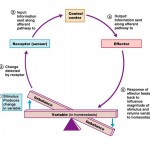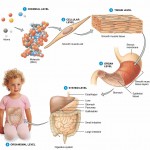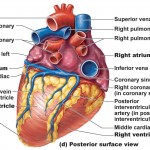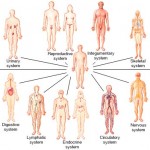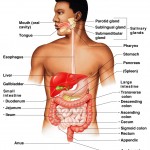 Muscular
Muscular
Lever Systems: Bone-Muscle Relationships
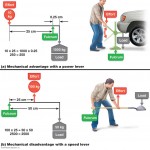
How do our bones and muscles work? What makes movement possible? These are just a few questions you may find yourself thinking about now and again, and although these questions cant be answered in a single article, we can tackle the idea of leverage and bone-muscle relationships. In this article we’ll discuss mechanical advantage, mechanical disadvantage, the idea of a lever, fulcrum, effort, and load, classes of levers, and lever systems within the human body.
Muscle Mechanics: Fascicle Arrangement
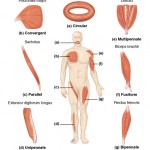
How do muscles work? Picture a hand-woven quilt full of strong fibers that have different shapes, sizes, and elasticities. The fibers may converge toward a single point, or run parallel with other muscles. Maybe they’re circular (like the muscle fibers around your mouth and eyes), and attach obliquely. In short, the arrangement of a muscle’s fiber bundles (fascicles) determines its range of motion and power. In this article we’ll discuss fiber arrangements and muscle mechanics.

